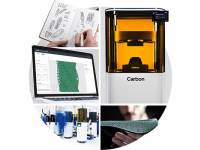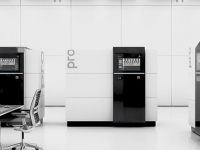Special Focus Issue: Simulation for Autonomous Vehicles & Systems
In this Special Focus Issue, we look at the technologies required to design and test new autonomous systems.

February 16, 2024
During the NAFEMS ASSESS Summit last year, I was fortunate enough to participate in a roundtable discussion on autonomous systems and the role that simulation plays in their development.
There are a number of new technologies and systems being created, from self-driving cars to autonomous robots and aircraft. Design and simulation experts are faced with creating and testing systems with unprecedented levels of hardware and software integration, and attempts to simulate a nearly infinite number of real-world operating scenarios.
In this Special Focus Issue, we take a look at a wide range of autonomous developments, including the use of synthetic data, artificial intelligence, new robotics systems, and a report from the most recent Paris Air Show. We hope you enjoy the issue.
Articles include:
- When Real-World Data is Not Enough
- Seeking Misbehaving Virtual Drivers
- Is AI Ready to Make Autonomous Vehicles a Reality?
- Advanced Tech Takes Stage at Paris Air Show
- Digital Twin Builds Better Robots
- Designing Robotics
- And more!
- - Brian Albright, Editorial Director
Latest News






